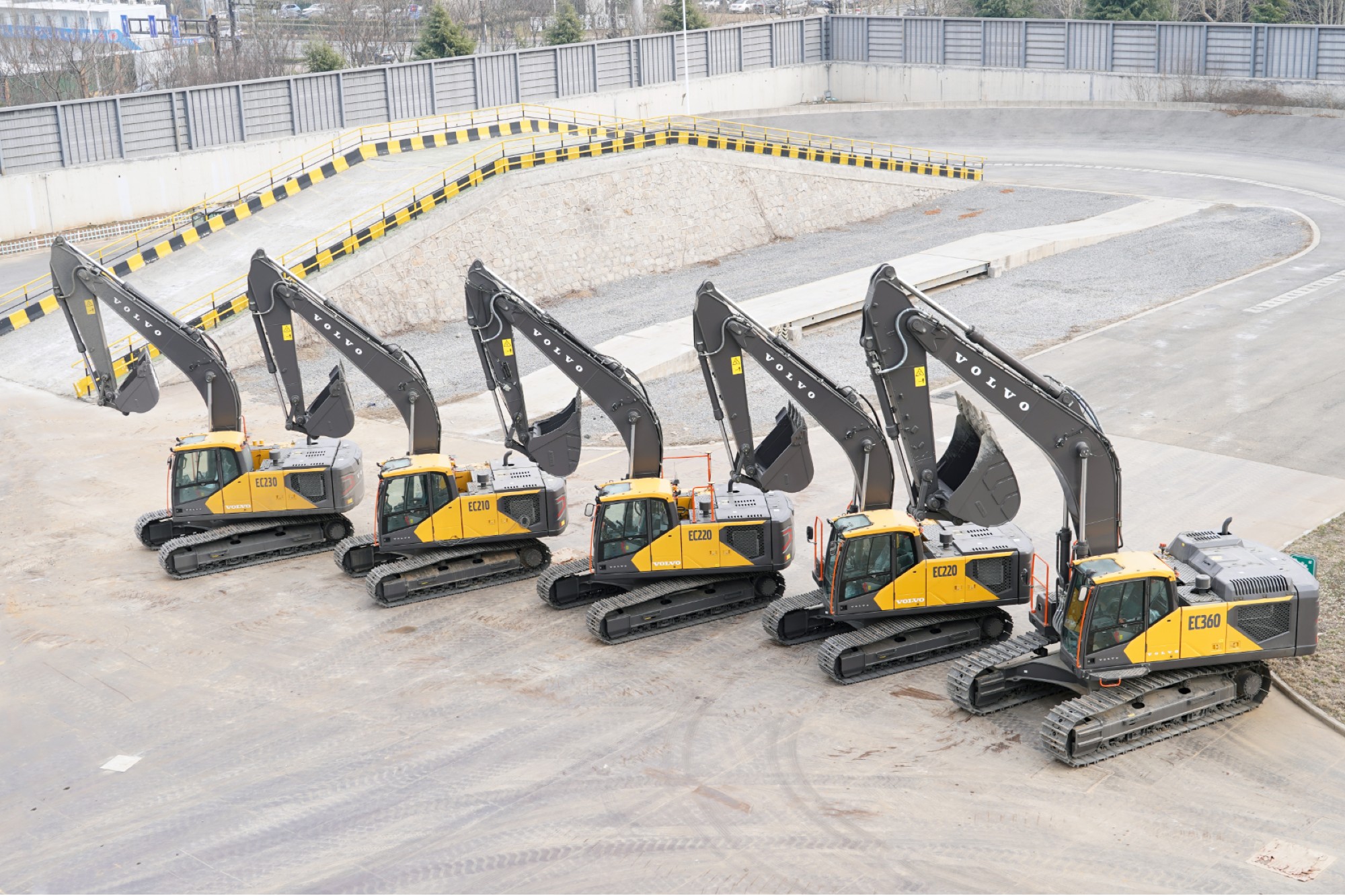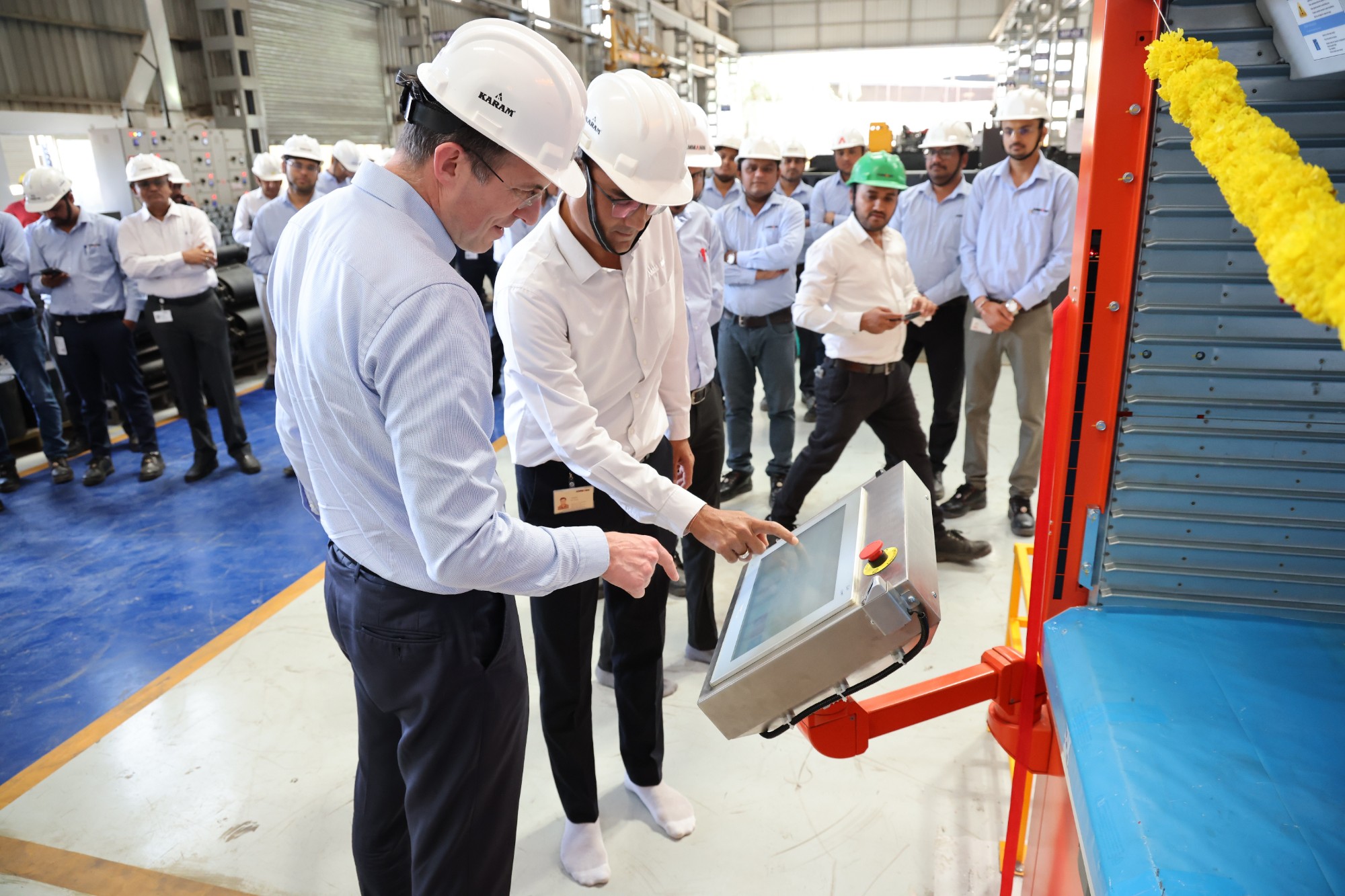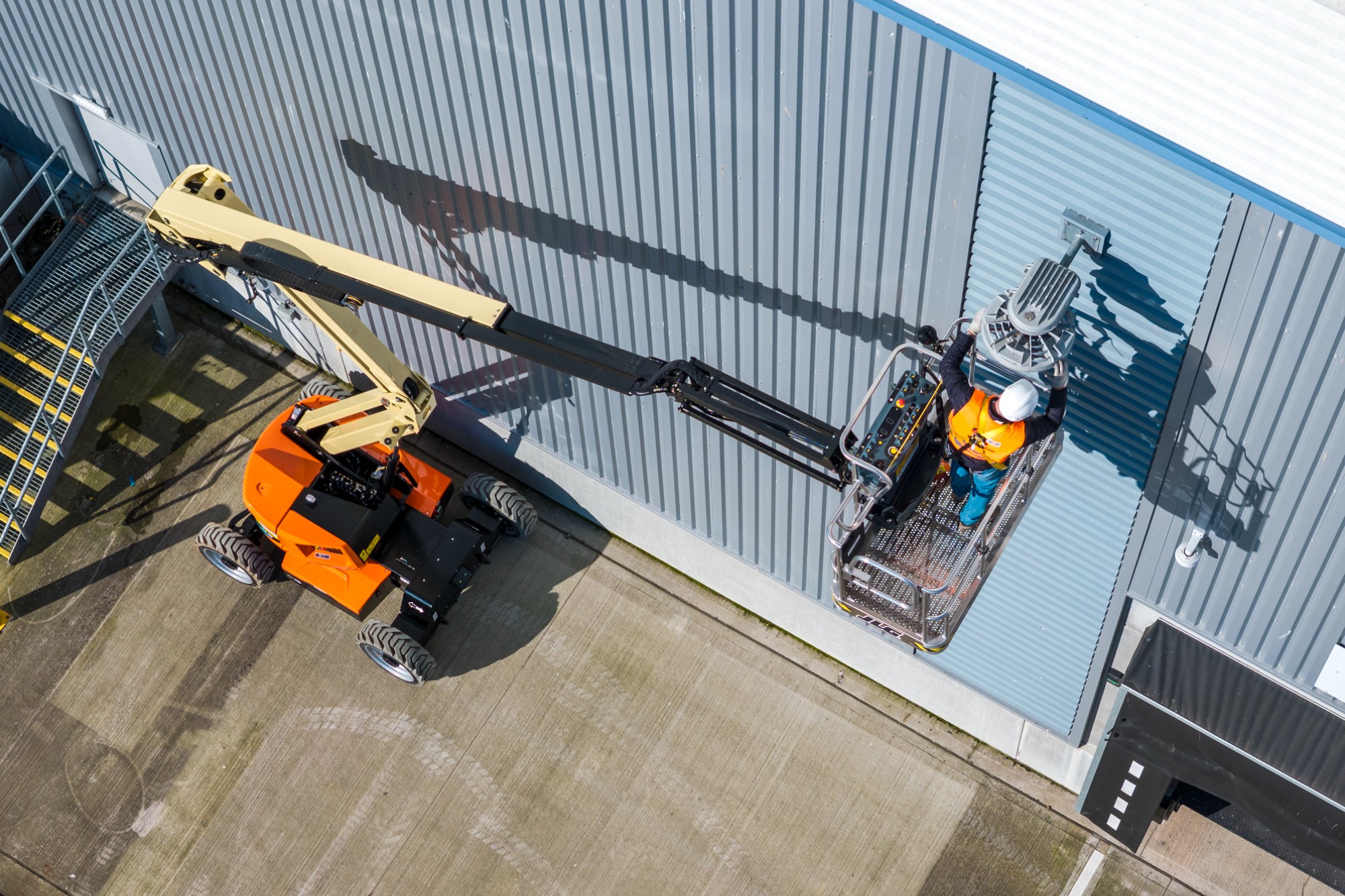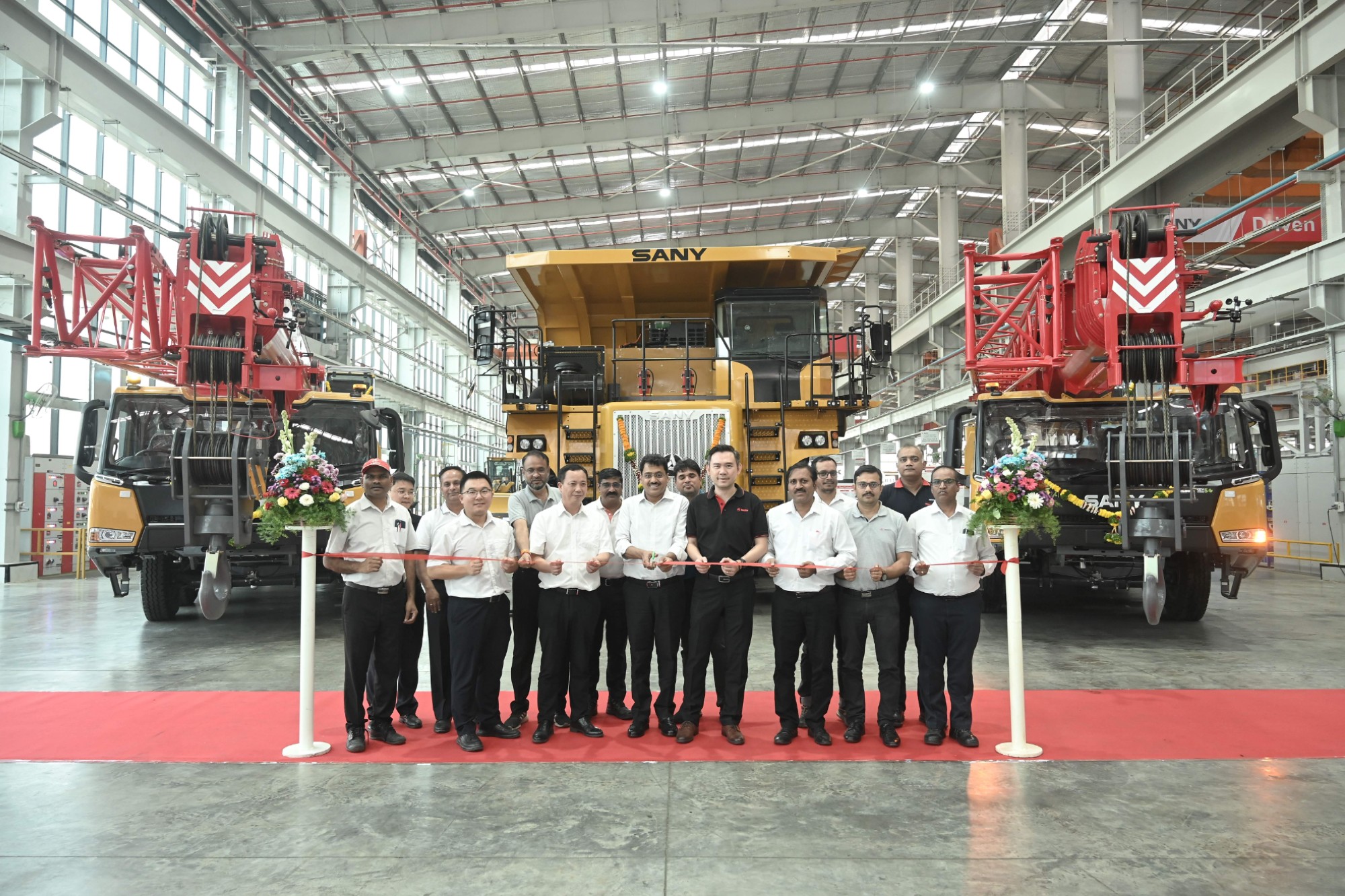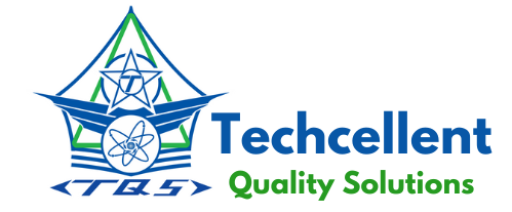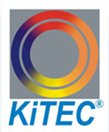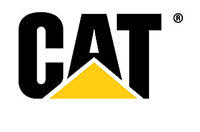Portable Power for Projects
By Staff Report | September 11, 2024 2:28 pm SHARE

This article explores the growing relevance of gensets in India’s construction industry, examining their role, emerging trends, and the shift toward cleaner, greener alternatives.
Generators, commonly known as gen-sets, have become essential to construction operations, especially in remote or off-grid locations. They power construction machinery and light sites and run temporary offices. With an increasing focus on sustainability, the genset market is evolving, introducing new technologies to minimise environmental impact while maintaining operational efficiency.
The need for reliable power in construction
India’s construction industry is one of the fastest-growing sectors in the world, contributing over 7 percent to the country’s GDP. Projects such as highways, metro rail networks, smart cities, and affordable housing drive this growth. With infrastructure development at an all-time high, construction sites, especially those far from urban centers, often require reliable power sources. The primary challenge in such locations is the lack of grid access, making gensets the go-to solution.
Gensets provide consistent, portable power critical for running heavy machinery, lighting, and temporary site offices. They ensure that work continues without interruptions, even in areas where the electricity supply is unstable or unavailable. Diesel gensets have traditionally dominated the market due to their high power output, reliability, and durability.
The dominance of diesel gensets
Diesel gensets have long been favoured in the Indian construction industry due to their capability to deliver high power over extended periods. A typical 1 MVA diesel generator consumes about 225 kg of diesel per hour at full load and emits roughly 720 kg of CO2. Despite their environmental impact, diesel gensets are still popular because they are cost-effective, readily available, and can operate in remote areas.
Diesel gensets are prized for their reliability, making them well-suited for the demanding conditions of construction sites. Diesel is widely available across India, which is advantageous for remote locations. Additionally, diesel engines have a long operational life, making them a durable choice for continuous power needs. They also provide high power density, suitable for running heavy equipment.
However, growing environmental awareness and stricter emissions regulations are prompting a shift in the industry. With increasing regulatory pressure, the construction sector is beginning to explore alternative fuel options, leading to an evolution in the genset market.
The environmental impact and growing regulations
Diesel gensets, while highly efficient, contribute significantly to greenhouse gas emissions. As mentioned earlier, a 1 MVA genset running at full load emits 720 kg of CO2 per hour and substantial NOx (Nitrogen Oxide) and SOx (Sulfur Oxide) emissions. These pollutants contribute to air pollution, acid rain, and global warming. As a signatory to the Paris Agreement, India is committed to reducing its carbon footprint, with the construction industry being a key focus area for decarbonisation.
The Ministry of Environment, Forest and Climate Change (MoEFCC) has tightened emissions standards for diesel gensets in India. The Central Pollution Control Board (CPCB) introduced CPCB-II standards to regulate particulate matter, NOx, and SOx emissions from gensets. This move has prompted construction companies to reassess their power generation strategies and seek more sustainable alternatives.
For instance, in metropolitan areas like Delhi, where air pollution is a severe concern, diesel gensets are banned during certain periods to control emissions. Other states are expected to follow suit, making it crucial for construction firms to explore cleaner alternatives to avoid operational disruptions.
The shift to cleaner alternatives
To address diesel generators’ carbon footprint, the industry is increasingly turning to alternative fuels such as biodiesel and renewable diesel. Though each has limitations, these options offer a way to cut emissions while leveraging existing diesel infrastructure.
Biodiesel, derived from organic materials like vegetable oils and animal fats, is a renewable alternative to traditional diesel. It can somewhat reduce carbon emissions but requires engine modifications when used in blends exceeding 20 percent. Additionally, biodiesel performs poorly in cold weather compared to fossil diesel and has relatively high NOx emissions.
On the other hand, renewable diesel is chemically similar to fossil diesel and can be used in existing engines without modifications. While it helps lower CO2 emissions, its sustainability is questioned due to the land use and water resources needed for its production.
Though biofuels offer a temporary solution for emission reduction, the construction industry requires a more comprehensive strategy for long-term decarbonisation. Hydrogen fuel cells present a promising alternative for achieving deeper reductions in greenhouse gas emissions.
Hydrogen fuel cells: A clean power revolution
Hydrogen fuel cells are emerging as a promising alternative to traditional diesel gensets, offering a cleaner and more efficient power solution. These cells generate electricity through an electrochemical reaction between hydrogen and oxygen, with water and heat as the only byproducts. This makes them particularly appealing for construction sites, especially where emissions regulations are stringent.
Hitachi Energy’s HyFlexTM hydrogen power generator is a notable innovation in this field. Designed specifically for remote construction sites, this fully integrated, plug-and-play unit produces zero emissions and operates quietly, addressing environmental and noise concerns commonly associated with diesel gensets.
Hydrogen fuel cells offer several advantages over diesel and biofuel-powered gensets. They produce no CO2, NOx, or SOx emissions, making them an environmentally friendly option. They are also more efficient than diesel gensets, lowering fuel consumption and operational costs. Additionally, fuel cells operate quietly, reducing noise pollution—a growing concern in urban construction areas. Hydrogen, particularly when derived from renewable energy sources, is a clean and sustainable fuel. Even with “grey hydrogen” produced from natural gas, emissions are 30 percent lower than those from diesel gensets.
While hydrogen fuel cells are still in the early stages of adoption in the Indian construction industry, they represent a promising solution for long-term sustainability. As hydrogen production costs decrease and green hydrogen availability increases, fuel cell gensets are likely to become a mainstream power solution for construction operations.
Battery storage: A complementary technology
Another alternative to diesel gensets being explored is battery energy storage systems (BESS). When charged using renewable energy sources, batteries can provide clean power for construction sites. However, they have significant limitations regarding capacity and practicality for large construction operations.
For example, a 20-foot container of batteries can store approximately 1 MWh of energy, enough to power a 250 kW site for about four hours. This is insufficient for the high energy demands of construction sites, which often require continuous power for extended periods. As such, batteries are more suited for smaller applications or as a complementary technology alongside hydrogen or biofuel gensets.
Economic considerations: Total cost of ownership (TCO)
When evaluating the different genset options, construction companies must consider the Total Cost of Ownership (TCO), which includes both the capital expenditure (CAPEX) and operational expenditure (OPEX) over the equipment’s lifetime. While diesel gensets have a lower upfront cost, fuel and maintenance expenses can be substantial over time.
In regions with carbon taxes, the TCO for hydrogen fuel cell gensets is already lower than that of diesel gensets, despite the higher initial CAPEX. As the price of green hydrogen continues to decrease and the availability of hydrogen infrastructure improves, the business case for hydrogen fuel cells will only strengthen. Similarly, while biofuels may offer lower emissions, their lifecycle environmental impact and potential engine modification costs must be factored into the TCO equation. Construction companies should also consider the long-term regulatory landscape and the likelihood of stricter emissions standards when making procurement decisions.
Conclusion
Gensets are relevant in India’s construction industry. As the country’s infrastructure projects scale up, so too does the need for dependable, high-output power solutions. While diesel gensets have long been the industry standard, environmental concerns and regulatory pressures are shifting toward cleaner, more sustainable alternatives like biofuels and hydrogen fuel cells.
For construction companies, deciding which genset technology to adopt will depend on various factors, including project location, power requirements, and the evolving regulatory landscape. By considering the TCO and investing in greener technologies, construction firms can meet their energy needs and contribute to a more sustainable future for India’s construction industry. Gensets, especially as they evolve, are set to play an increasingly important role in powering the nation’s ambitious infrastructure projects, while reducing the environmental footprint of construction activities.
Cookie Consent
We use cookies to personalize your experience. By continuing to visit this website you agree to our Terms & Conditions, Privacy Policy and Cookie Policy.



